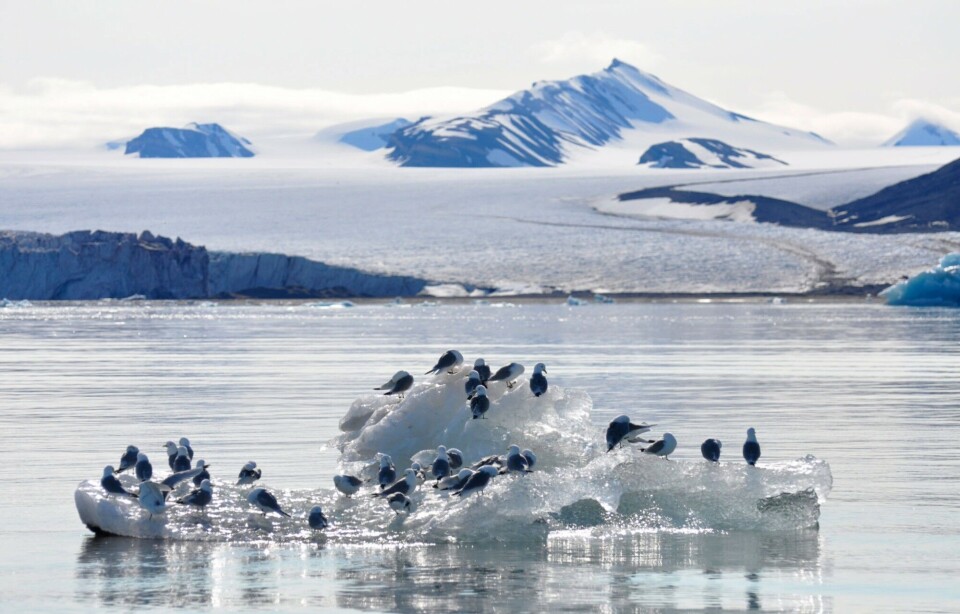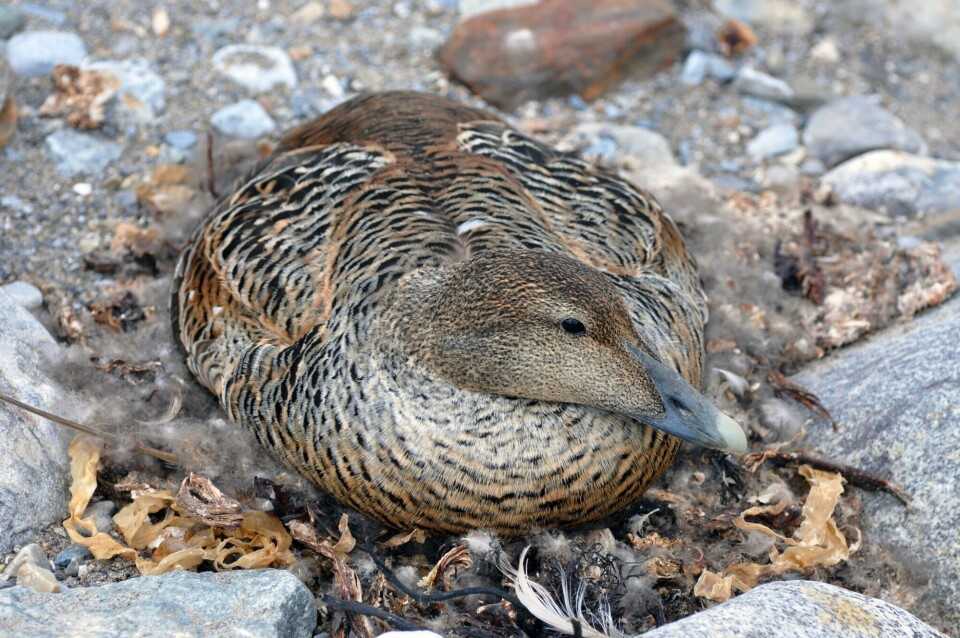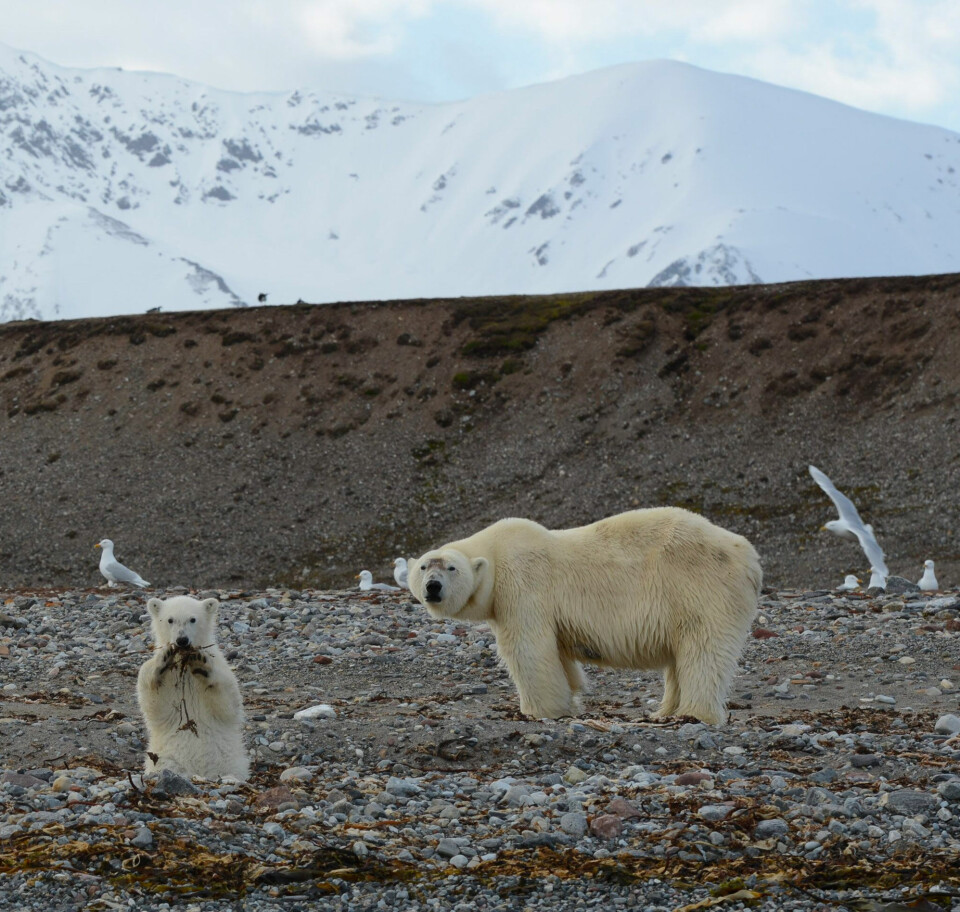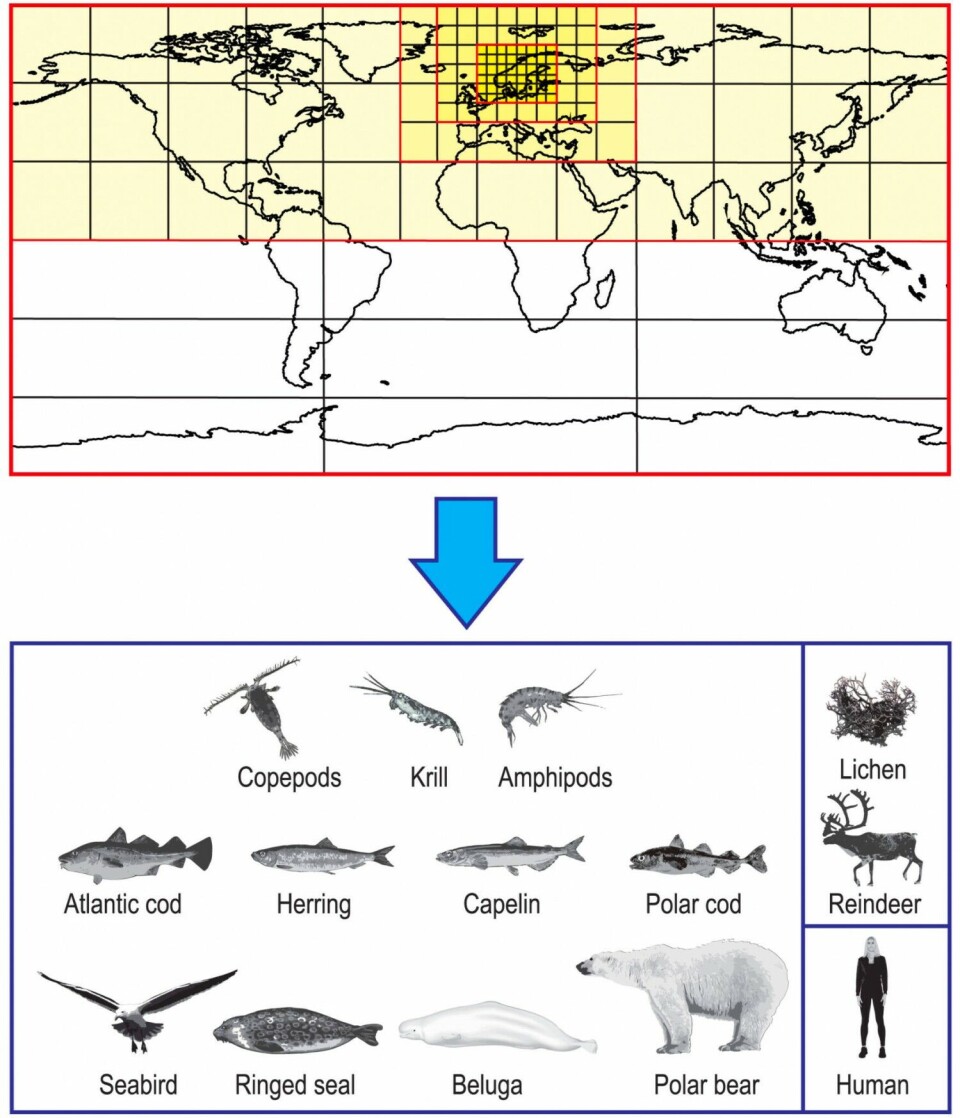
How to COPE? Contaminant–climate change interactions in the Arctic
Changes in climate. Loss of biodiversity. Emissions of toxic contaminants. These are the main environmental challenges we face today, and few places are they felt as strongly as in the Arctic.
By: Ingjerd Sunde Krogseth, Christine Solbakken // NILU – Norwegian Institute for Air Research and Trude Borch // Akvaplan-niva
1.
Arctic ecosystems are subject to multiple pressures, of which climate change and exposure to long-range transported, persistent, bioaccumulative, and toxic contaminants are two of the major challenges. How do the Arctic ecosystems cope with this? And how do we cope with it as scientists? This is the key focus in a new cross-disciplinary project run by Fram Centre institutions.
Persistent organic pollutants (POPs) and chemicals with similar properties are transported to the Arctic from source regions further south. In the Arctic, POPs are taken up in the ecosystems and accumulate through the food web, resulting in high concentrations in top predators. In parallel with this, the Arctic experiences strong and rapid changes in temperature and climate, with effects such as loss of sea ice and inflow of Atlantic water.
This also impacts Arctic ecosystems, including top predators such as polar bears and Arctic-breeding seabirds.
The Fram Centre Flagship “Hazardous substances – effects on ecosystems and human health” has for many years done in-depth field-based research on contaminants in the European Arctic ecosystems, including initial studies of their interactions with climate change. Given that it is a challenge trying to understand how Arctic ecosystems are affected by either contaminant exposure or climate change in isolation, our understanding of the combined effects of these pressures is still very limited.
In COPE, we aim to address this knowledge gap in a comprehensive cross-disciplinary research initiative. We will combine empirical data, time-trends, and statistical methods with mechanistic and novel modeling techniques. To enable the development and evaluation of this cross-disciplinary approach, we will focus on data-rich ecosystems and species, including seabirds and polar bears. These animals are vulnerable to contaminants and climate change and can serve as indicator species for changes in ecosystem health.

2.
At the core of COPE is the Nested Exposure Model (NEM). NEM is a unique spatially and temporally resolved integrated multimedia model for environmental fate and bioaccumulation of organic contaminants which is currently under development at NILU. The model is developed to increase our understanding of the complete link between emissions of contaminants on a global scale and resultant contaminant exposure in Arctic ecosystems and species.

In COPE, we will further develop and explore NEM to investigate contaminant transport to and within the Arctic environment and food webs, and how this transport is influenced by climate change. Key questions include: Where and when is contaminant exposure expected to be the highest in the context of a changing climate? And is climate change or trends in contaminant emissions more decisive in controlling contaminant exposure in the past, present and future?
We believe that the combination of the NEM model, the Fram Centre expertise and a vast amount of empirical data, and complementary modeling tools at the Norwegian Polar Institute, will be a powerful approach to increase our understanding of the complex interactions between contaminants and climate change in Arctic ecosystems. Such knowledge is vital to support scientifically sound management strategies to ensure the future health of Arctic ecosystems.

A true child of the Hazardous substances flagship
«COPE is a story of what the Fram Centre collaboration is all about: the necessity of collaboration across institutions and disciplines in order to answer complex environmental questions in the Arctic.One important aim of the flagship “Hazardous substances” is that the yearly incentive funding from the Ministry of Climate and Environment, in addition to the unique collaboration opportunities and platform in the Fram Centre, should give momentum and result in new externally funded projects of high scientific quality and relevance for policymakers.Both as head of the flagship and as research director for NILU in Tromsø, I am privileged to say COPE is a perfect example of this, and a result of the efforts of dedicated and hardworking scientists – a true child of the Hazardous substances flagship.»—Eldbjørg Heimstad, NILU
This story is originally published in the Fram Forum
















